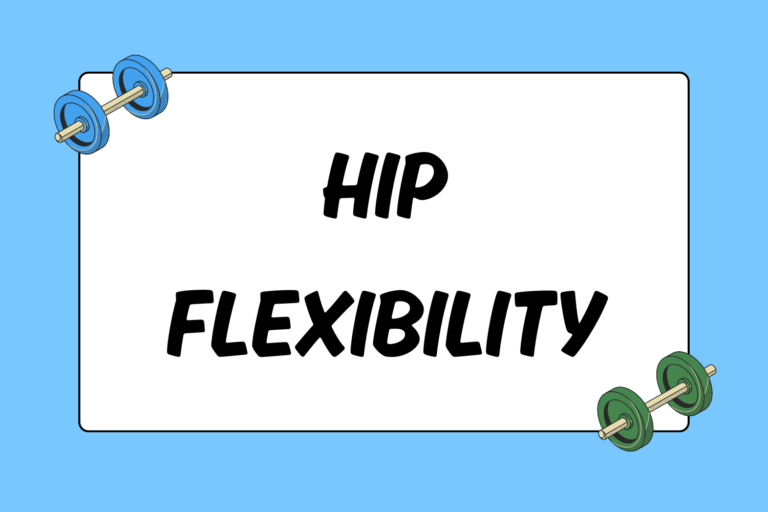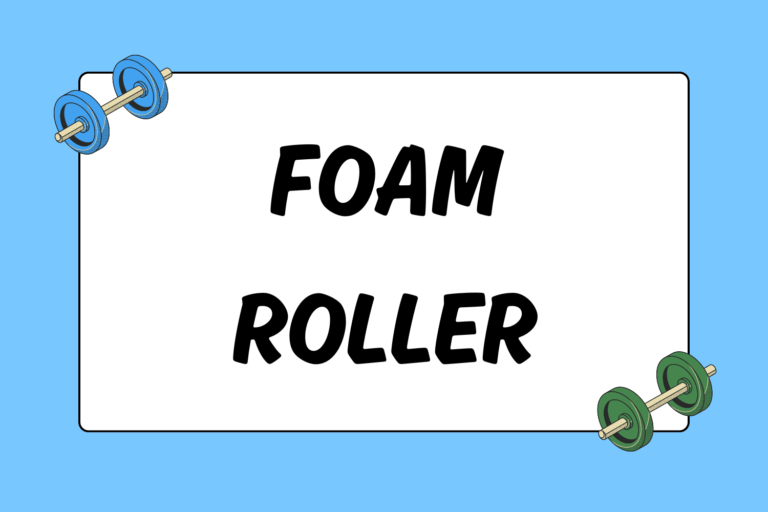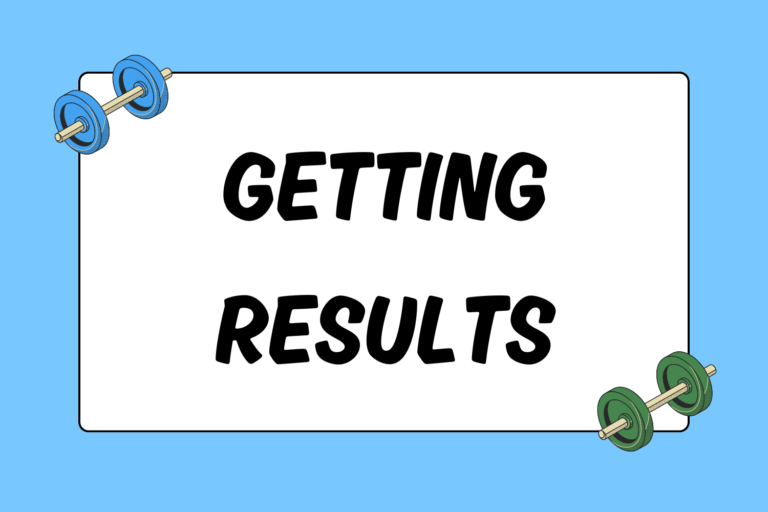Proper nutrition is the foundation for any fitness-related goal. How you fuel your body affects your energy level during workouts, your quality of recovery, and most importantly your ability to burn fat! Eating fewer calories than you burn is the only way to lose fat. However, place the emphasis on the source of your calories more than the amount. Aim to eat foods that are low in calories but high in nutrients and meals that are balanced with appropriate amounts of carbohydrates, protein, and fat. Additionally, a shift to smaller, more frequent meals may help with portion control and regulating your blood sugar and energy levels.
Mental Edge: Keep a Food Journal
- Record the time and quantity of food, and don’t forget to include condiments and drinks. The more information you have, the better.
- Review your journal and make small adjustments to increase results. Making too many changes at once makes results hard to track.
- Make sure you have food in your journal. If a majority of your calories are processed, you‘re compromising quality nutrients for less calories. This will affect not only your fat loss but your overall health.
- Share your journal! Find someone who knows your goal and will hold you accountable. Knowing that your food intake will be viewed by someone else may affect your food choices.
Make Nutrition a Priority
No magic pill or workout has the impact that sound nutrition does. Planning and preparing your own meals allows you to track and measure exactly what you put into your body. This doesn’t mean you have to become neurotic about your food intake, or never eat anything that tastes good. Moderation and balance need to be reflected in your diet. Hold yourself accountable and consider whether the food you’re eating is bringing you closer to your goal. Don’t skip meals, and if you have a moment of weakness, then get back on track with the next meal.
Make sure to place your post-workout nutrition at high priority as well. Workouts deplete the body’s energy and cause stress to the muscles. Refuel with a small meal containing mostly carbohydrates with some protein immediately after your workout to replace used glycogen stores and repair muscle tissue. Consume foods that are easily broken down like fruit, and avoid fat post-workout as this slows the absorption of nutrients into the body.
Move More
Activity can come in many forms, and striving to be more active can only help your fat loss efforts. Start by looking at the big picture. There are so many ways to insert more activity into your day. Here are a few ideas to get you started:
- Set reminders in your calendar or phone to stand, stretch, or take a short walk for every hour you sit throughout the day.
- Evaluate if you can walk or bike to any of the places you would normally drive. If driving is the only option, park farther away.
- Substitute stairs for elevators.
- Be creative — move filing cabinets farther away, use a bathroom on a different floor, stop using instant messenger to talk to the person in the next room.
Build Muscle While Burning Fat
Burning calories is paramount to fat loss. Strength training maximizes this effort by increasing overall muscle mass as well as burning calories during and after the workout. The benefit of additional muscle is a naturally higher metabolism due to the extra energy required to sustain that muscle. Incorporating strength training into your exercise program is a top priority because it has the largest impact on your ability to lose fat.
The strength training approach most effective for fat loss is referred to as metabolic resistance training. This training involves working large muscle groups using super sets or circuits. Essentially, weights and resistance should be used to work the muscles frequently and at a high intensity. This creates a metabolic effect that burns more calories for hours after your workout.
Generally speaking, aim to perform a selection of multi-joint movements (squatting, pushing, or pulling) for 2 to 4 sets of 8 to 12 reps. Keep your intensity high by selecting weights that challenge you for the number of reps performed and then monitoring your rest periods. Rest periods for supersets should be no more than one minute between exercises and sets. Circuits should have little to no rest between exercises and no more than two minutes between sets.
Hot Tip: Less is More
You don’t have to do hours of cardio to look leaner! A simple formula for great fat loss results is three one-hour sessions of total-body, high-intensity strength circuits per week.
Crank up Your Cardio Routine
Doing cardio has long been the “go-to” method for dropping weight and burning extra calories. High intensity intervals burn calories for hours after you complete the workout, making them a more attractive alternative to steady state cardio for maximizing fat loss. Steady state cardio refers to cardio that is done at a consistent intensity, usually for a long duration. Intervals manipulate your work-to-rest ratio. Simply put, work is the period of high intensity and rest is the period of low intensity to recover.
Keep in mind that ‘work’ means you are giving a 90 to 100 percent effort, and ‘rest’ means you are recovering. High intensity activity shouldn’t be sustainable for long periods. Focus on working at such a high intensity that you can’t wait to stop, and if longer rest is needed, then re-evaluate your ratios.
Fat loss intervals commonly use a rest period three times the length of the work period. For example, a sprint that lasts 7 seconds requires a rest of 21 seconds, or rowing as fast as you can for 30 seconds should be followed by a 90-second rest. High intensity intervals aren’t easy but the results are worth the work. Begin with a few intervals and work up to a full workout lasting no more than 30 minutes.
Get Enough Sleep
Don’t underestimate the role that sleep will play in regards to fat loss. Adequate amounts of sleep, in addition to proper nutrition, are essential for the recovery process. Typically 7 to 8 hours is recommended, but only you know how much sleep you require to be at your best.
Sleep contributes to your body’s ability to handle stress — accumulated through workouts and everyday life — and maintain a positive hormonal balance. You’re more likely to consume extra calories when not operating on a full night’s rest because your body craves energy when it’s tired, and your performance suffers. Both of these wreak havoc on your ability to lose fat.
Focus on Quality over Quantity
Create a realistic workout plan based on your fitness level and availability to exercise. Don’t think becoming a workout junkie is the only way to lose fat and keep it off. Time spent working out is individual to your schedule and preference. Remember that metabolic resistance training is your first priority, and if time allows, incorporate intervals or other cardio activities.
Working out more times per week or for longer periods may not be the answer to your fat loss woes. Before increasing your volume, take a look at the content of your workout and evaluate if the intensity is where it should be. A rule of thumb is to think about earning your rest periods. You should be working hard enough that you need the rest.
Be Patient
Don’t get overwhelmed and attempt to change your entire life by devoting 100 percent of your effort to fat loss. Successful fat loss is a result of prioritizing and taking consistent action. Develop a strategy for eating better, getting more sleep, and exercising by setting daily, weekly, and monthly goals. Fat loss takes time so make sure to enter this venture understanding results won’t happen overnight. Determine how you will measure your progress and set up a bi-weekly or monthly schedule to reassess. Evaluate your results and make small changes so you can determine what strategies work for you.





